RSPCA’s top tips for having a pet dog in an apartment
October 01, 2020Living in an apartment and interested in adopting a dog? City living only gets better when you add a canine friend – but there are a few boxes you’ll need to tick first.
Although many dogs make perfect companions within small living spaces, it’s important to pick a dog who is the right fit for this lifestyle, and also consider a range of other factors to ensure the best life for your furry friend.
We touched base with our RSPCA South Australia Dog Care experts to bring you the following list of factors to consider when deciding whether to bring a pooch into your apartment.
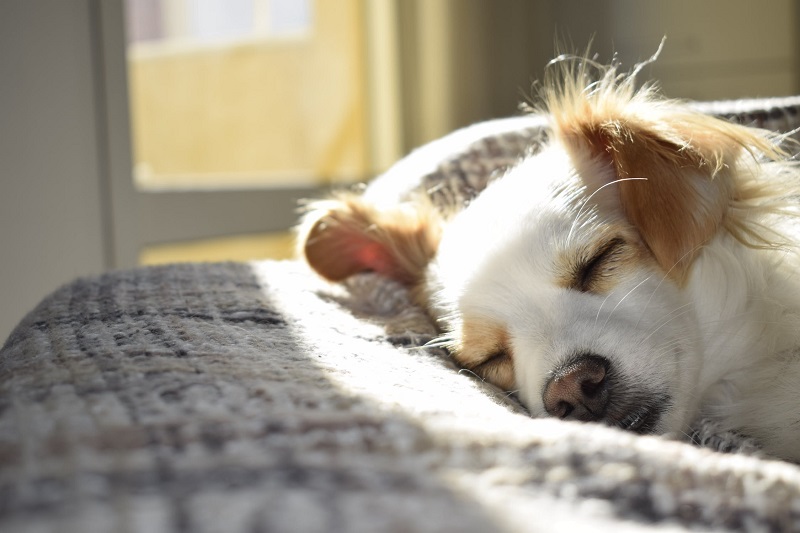
1. Check that you’re allowed to have a dog in your apartment
Before adopting a dog, you’ll firstly need to look at whether you are legally permitted to have a dog in your apartment.
If you are renting, check directly with your landlord or through your real estate agent.
Own your apartment? You still need permission from the strata management.
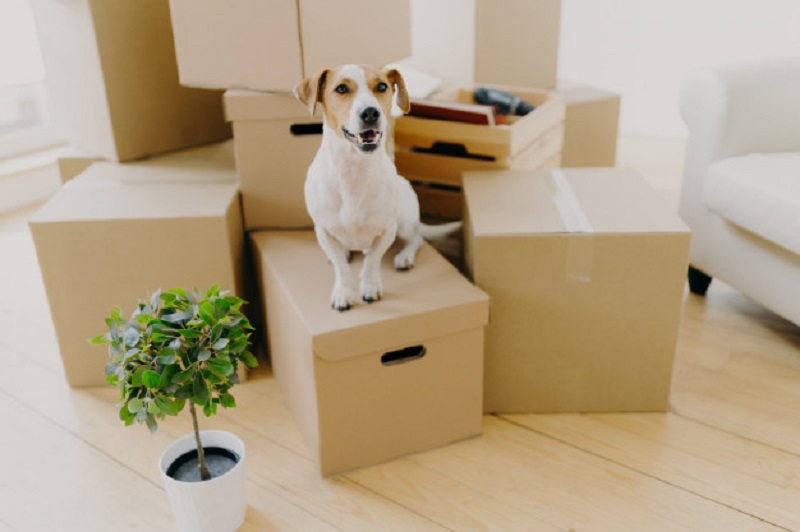
2. Choose the right personality for you
So you’re allowed to own a dog in your apartment – congratulations! Now to pick a suitable dog for yourself and the small living space.
Important considerations include energy level and tendency to be noisy.
We always have beautiful pooches at our shelters waiting for their fur-ever home, and our shelter staff know the personalities and needs of our rescue pups well enough to be able to advise how well certain dogs would settle into apartment living.
“Look out for certain temperaments,” RSPCA South Australia Dog Training Coordinator, Heather Bradley, advises.
“Dogs who are older, and/or described as quieter, having lower energy levels, or even being ‘couch potatoes’ are likely to be the right fit for living in an apartment.
“It’s also important to discuss in detail with shelter staff whether the particular dog you are interested in would be suited to an apartment, and how to meet this dog’s needs in that space.”
Heather also recommends being mindful of your own lifestyle, as the guardian of the dog you’re bringing into your apartment.
For those who have the possibility to be at home a lot, or perhaps even take their dog to work with them, meeting the needs of your dog while living in an apartment will be that much easier.
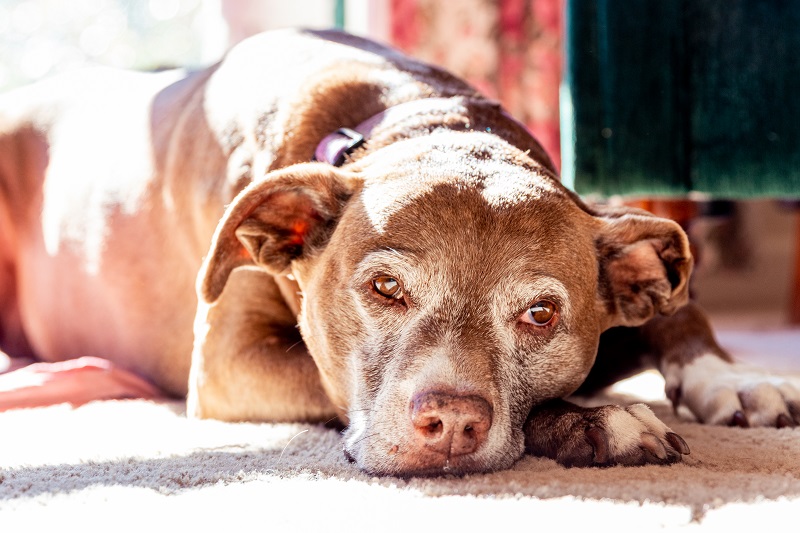
3. Consider neighbours
To avoid tension between you and your neighbours, think about noise minimisation.
Even if your dog does appear to have the right personality for apartment living, it’s also important to ensure that their needs are always taken into account and they are provided with plenty of enrichment.
Otherwise, your ordinarily quiet and low-energy dog may start to get bored in your apartment and display some behavioural issues like barking and chewing things they shouldn’t – and no one wants that, especially if your walls are paper thin.
To keep your pooch occupied while you are out, you may like to check out our ideas for easy DIY dog toys.
And, if you’re out and about with your pooch, make sure you clean up after them in a public setting. This ensures your neighbour knows you are a responsible owner.
Heather’s top top?
“If you know you are about to adopt a dog, let your neighbours know! This gives them warning that there may be some disruptions coming up when the new dog settles in. Simply giving a heads up to your neighbours should prevent any dramas once you bring your dog home, and sets everyone up for success.”
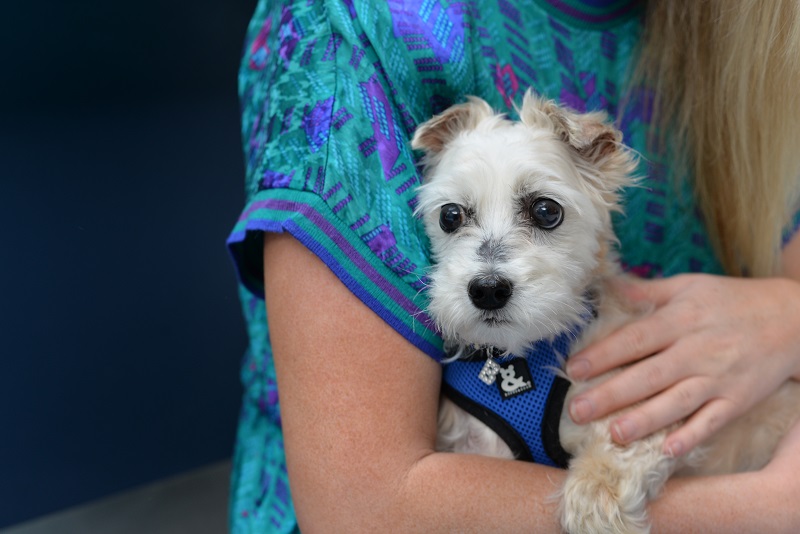
4. Keep your pooch occupied
It’s important to take your pooch on daily outings, especially if you work full-time. This ensures your four-legged friend will stay happy and healthy.
If your dog enjoys public outings and walks, aim for a daily walk of at least 20 minutes – but remember to ensure that the walk is for your dog, not for you! This means your dog should have plenty of time to stop and sniff to their heart’s content.
“Remember, mental activity and sniffing is more important for just your dog than the physical,” Heather tells us.
“Some dogs actually get better stimulation from sniffing around outside than they do from a high energy walk.”
Coming back to the idea of providing enrichment for your pup when you’re not around, Heather recommends filling a Kong toy with an all-natural peanut butter (or your dog’s favourite treat), and also feeding them through a puzzle feeder. You could also provide interactive toys, alternating them every day or two to keep your dog on their toes!
Our hot tip? Run errands with your pooch. As long as doggo is comfortable being socialised and meeting new people, take them along for drives, visits to friends’ houses, or even along to pet-friendly venues, which can be found on our PetStop App. These are all easy ways of stimulating your canine companion.
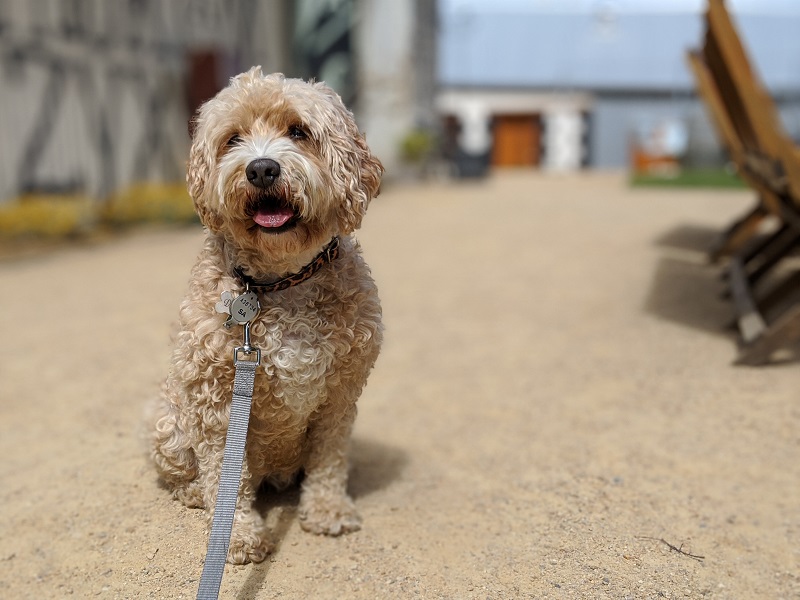
5. Consider toileting options
Ahead of time, make sure you have green space near your apartment. This will not only make it easier for toileting, but it ensures your dog can stretch their legs and use their senses in a nearby location.
It would be helpful to familiarise yourself with a suitable nearby grassy or bushy area that your pooch can frequent for a sniff walk.
In terms of accessibility of toileting, we recommend using puppy pads and mini fake lawns. Ideally, these are best placed on a balcony or patio, if you have one.
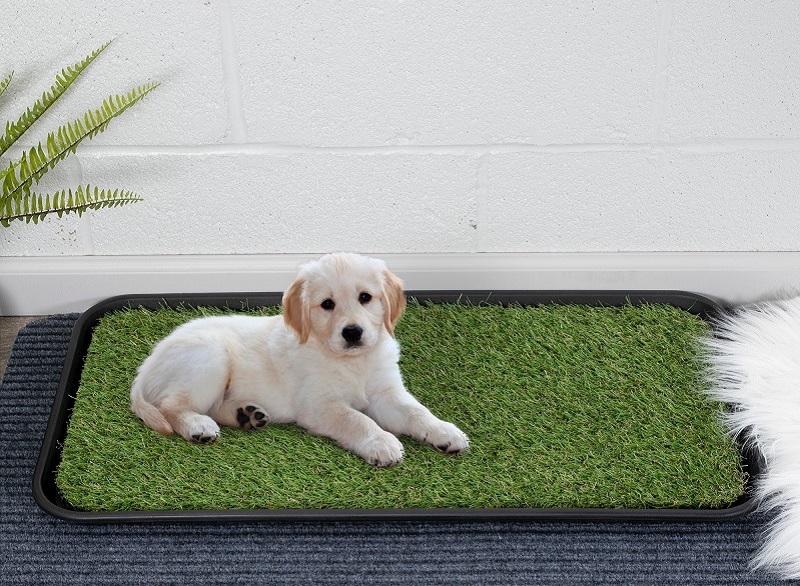
6. Other factors to keep in mind
It pays to think ahead. If your apartment doesn’t have a lift, could this be an issue if your dog were to have an injury? If your dog has an upset stomach, is there a location you can take your dog to almost immediately?
And lastly, do you really have the time and commitment to be bringing a dog into your life, especially your apartment? Working full-time doesn’t have to be an issue – as long as you know that when you get home, you’ll have the energy to give your dog the time and attention they’ve been without for the day.
Heather leaves us with the following:
“Dogs can be great companions in any type of home, but only if you genuinely have the time, commitment and resources to meet all of their needs.”
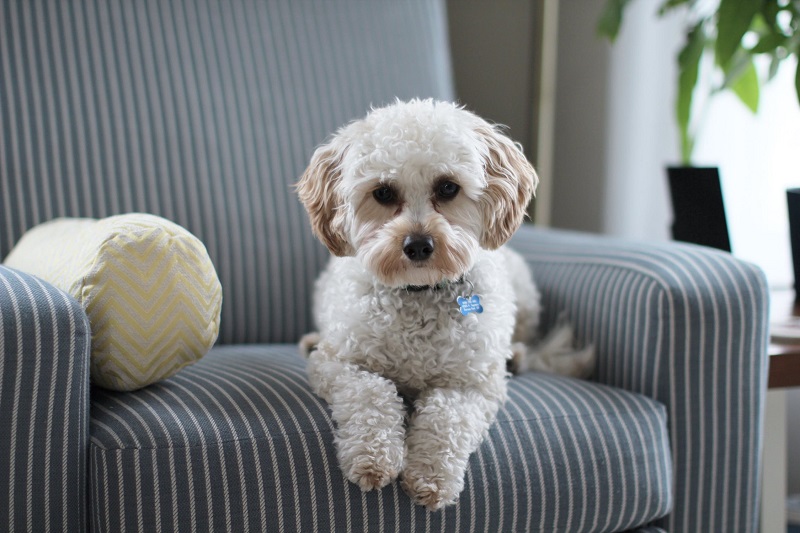
If you need further assistance as your pooch adapts to apartment life, at RSPCA Dog Training we now offer one-on-one training. One of our qualified force-free dog trainers will be able to come to your apartment, meet your dog and help you develop a plan to keep your dog stimulated based on their individual needs.




Very handy to know how to help a dog settle into an apartment.
Ellie, I agree with you! When I went to visit friends who already have an animal, I thought it was so simple. And there will be no problems at all. But when my wife and I decided to have a dog, I faced a lot of difficulties in keeping and caring for the dog. But the most difficult thing was to go somewhere, because the dog is a living being, it cannot stay at home alone for a long time. It is good that in our country we also have such institutions as KIP. It turns out that the problem is being solved, and now we have no problems with leaving. The apartment is small but the dogs have a place to walk! I would recommend thinking a few times before introducing a pet in your apartment. Your advice will greatly help people who decide to get a pet in the apartment!